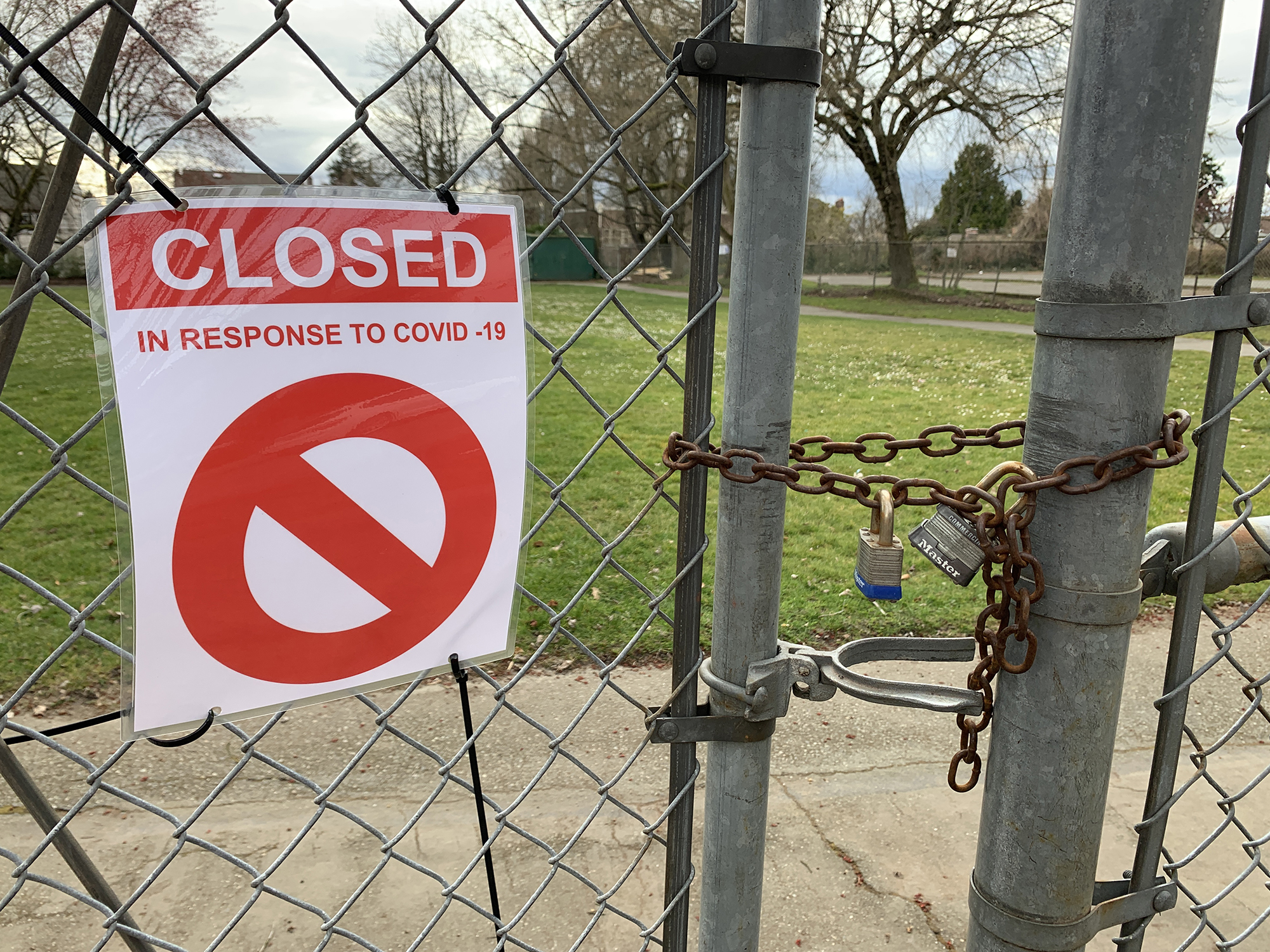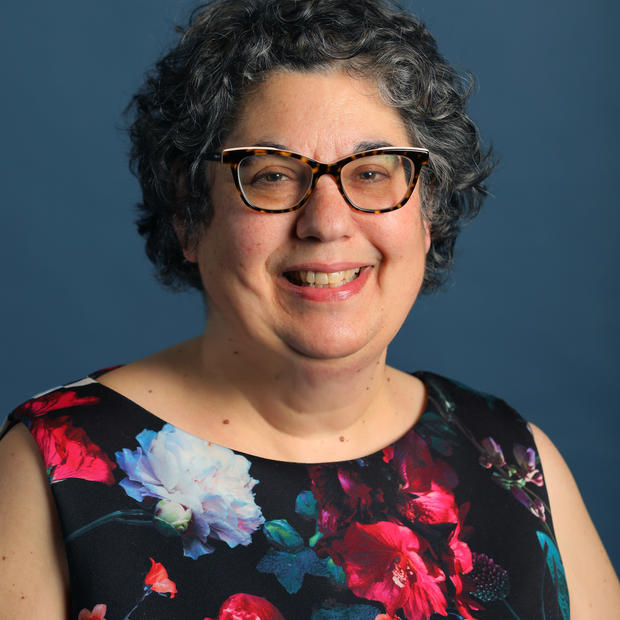Feeding much of that confusion is the governor's county-by-county approach to reopening. Each county has to pass a series of benchmarks before it can move to the first stage of reopening, or "Phase 2." Twenty-six counties had moved in Phase 2 as of June 5, seven counties had moved to Phase 3 and one county — King County, where Seattle is located — has been approved for a modified version of Phase 1, also known as Phase 1.5. Five counties remained in Phase 1 as of Friday.
One thing Inslee has said very clearly: Not every county will advance to Phase 2 on June 1. But on Friday, he lowered some of the requirements for opening up.
Some people in the state’s 39 counties may also be confused because, in addition to the county-by-county status upgrades, the governor has made changes to some of his statewide rules, issuing new guidelines for religious services, outdoor recreation, medical and dental procedures, and construction.
Here are answers to some more commonly asked questions:
Is Seattle in Phase 2?
No, Seattle is not in Phase 2 but may be able to get there soon, since the governor announced a change in the requirements for moving forward on Friday. As of June 1, counties that report 25 or fewer COVID-19 cases per 100,000 people over a 14-day period, and meet other criteria, can apply to advance to Phase 2. The governor said all the metrics would be considered as a whole and decisions will be made in concert with county health officials. The previous metric called for fewer than 10 cases per 100,000 people. King, Pierce and Snohomish counties have all reported numbers near the new threshold and are likely to apply to move to the next level. On June 5, King County took an intermediate step allowed in the governor's new guidance, and was approved to take a step toward Phase 2 with some limited indoor shopping, personal services, outdoor dining and pet grooming.
More questions for the governor: Ask Gov. Inslee about WA's pandemic response
What are the criteria for a county to advance to the next phase?
Washington counties with fewer than 25 new cases of COVID-19 per 100,000 residents over a 14-day period can apply to move to Phase 2 (King County reports it has had 24 cases per 100,000 residents in the past two weeks so has just achieved that mark.) The state's second- and third-largest counties, Snohomish County and Pierce County, graduated to Phase 2 on June 5. Their applications to reopen and move to the next phase must also cover these additional criteria: They need to demonstrate they have adequate hospital capacity and equipment to handle any surge in COVID-19 cases. They will need to show they have adequate COVID-19 testing capacity. They must be able to isolate those with the virus, contact individuals that those virus-stricken people might have exposed and tell the contacted individuals to quarantine themselves. And they have to show that the county has the ability to protect high-risk populations and contain outbreaks in congregate settings, such as homeless shelters and long-term care facilities. You can find more details on the governor’s website.
What is the theory and science behind these rules?
Inslee says his team, in setting the rules for this phased approach to reopening the state, followed guidelines from the Centers for Disease Control and Prevention. While the rate of fatalities and infections has dropped statewide, there are still hotspots in many places. The reason there are so many rules around reopening — beyond just a threshold of cases to go below — is because every tool that is removed, like social distancing, must be replaced by other “weapons,” as the governor calls increased testing, contact tracing, wearing masks and self-quarantining. While the state has seen some improvement, this virus could spring back quickly, Inslee believes.

What does Phase 2 mean to me?
If your county has entered Phase 2, you can participate in limited outdoor recreation with up to five people outside of your household. You can gather in other ways with five people outside of your household. You can travel some, as long as you don’t break the other rules. And lots of businesses can open again, as long as they continue to follow social distancing rules and wear masks. These range from hair and nail salons to stores, pet grooming and in-home child care and housecleaning. Restaurants and taverns can open at 50% capacity, but bars must stay closed.
Why doesn’t the governor let the counties decide?
Inslee says these decisions are not entirely up to him and his staff. “This is dependent on the virus,” he said at a news conference Wednesday. “The kinds of things we do as individuals will have an impact on how fast we get to Phase 2.” In other words, the governor is not stopping your county from reopening restaurants and hair salons, he says; some people who live there are by not doing enough to prevent transmission of the virus. Remember: You may have coronavirus and be contagious even with mild or no symptoms.
Why do Washington’s standards seem tougher than other state’s?
Every state is different, and Washington had one of the worst outbreaks of COVID-19 in the nation. The numbers in the Puget Sound region have not gone down enough for anyone to declare “mission accomplished.” The infection rate in Washington remains higher than in neighboring states in the West. “I’m really hopeful that our joint efforts will continue to push the ball forward,” Inslee said. “If we give up now, this disease is going to come back big time.”
Why can churches hold large gatherings outdoors, but no one else is allowed to?
On Wednesday, Inslee announced the state would allow religious organizations in counties that are still in Phase 1 to host up to 100 people for outdoor services with social distancing and wearing masks. In Phase 2, they can hold indoor services and events with up to 25% of their building capacity or 50 people, whichever is less, and conduct in-home services of up to five people. The governor gave two reasons for the change. The first is that religious groups have helped people connect with their communities and strengthen emotional connections during this difficult time. The second reason he offered is that the First Amendment of the U.S. Constitution protects religious freedom.
What else are we allowed to do in Phase 1.5?
Mostly, we are supposed to stay home and keep our distance from people outside our household. But the rules have loosened a bit statewide to allow hunting, golf, fishing, boating and hiking and other activities in public parks, as long as social distancing guidelines are used. You can go to the grocery store, pick up food and drinks at restaurants and taverns, and walk around your neighborhood. You may also go to the dentist or reschedule that nonemergency medical procedure you put off at the height of the coronavirus pandemic. King County officials are strongly recommending people wear masks in public settings where they cannot maintain a 6-foot distance from other people. People are allowed to do some nonessential traveling, but only if they’re planning to do allowed activities.
More and more people are congregating in public parks. Is that allowed?
In counties still in Phase 1, families or households are allowed to go to a park and hang out, but gatherings and team sports are still not allowed. Seattle closed its parks briefly in April, when it became obvious people weren’t following the social distancing rules. Signs are posted at some parks that say: “Crowded parks lead to closed parks” and “Keep it moving.” After busy weekends in local parks over Mother’s Day and Memorial Day, some people are wondering when officials will step up enforcement of the rules. The city has 60 “social distancing ambassadors” patrolling the parks and asking people to move on. Some parks may be closed based on data collected by these monitors. Seattle Police probably won’t arrest anyone for playing basketball or touching a stranger, but you can report violators by emailing pks_info@seattle.gov.
What comes after Phase 2?
The state — and individual counties — can advance to the next phases if they do not see their infection numbers worsen during at least three weeks in a phase. Phase 3 allows gatherings of up to 50 people, restaurants up to 75% capacity, bars up to 25% capacity and movie theaters at 50% capacity. Libraries, museums and all other businesses are allowed to open, but not night clubs and events with more than 50 people. Phase 4 allows us to go back to normal with some precautions, like physical distancing.
This story was updated at 1:30 p.m. on Friday, June 5, to reflect more counties moving to a new phase, including King County.


